3 Techniques to Master Your Rate Card for Creative Agency
In the world of creative agencies one of the most important aspects of business success lies in mastering the art of pricing. It’s not just about covering costs. It’s about understanding the value of your work, the dynamics of your market, and the needs of your clients. In this article we delve into three pricing techniques that can elevate your creative agency’s rate card and financial strategy. So, let’s dive in!
-
Value-Based Pricing: Charging What You’re Truly Worth
Value-based pricing is a nuanced and highly effective strategy, especially in the creative industry. This approach involves setting prices based on the perceived value of your services to the client, rather than solely on the cost of production. It’s about understanding and communicating the unique benefits and solutions your agency provides.
Why It Works:
- Aligns Price with Perception – clients are often willing to pay more for services they perceive as high-value.
- Rewards Quality and Creativity – this method incentivises innovation and high-quality output.
Implementing Value-Based Pricing:
- Assess Your Value Proposition – what unique solutions does your agency offer? How do your services impact your clients’ success?
- Understand Your Clients – conduct surveys or interviews to gauge what aspects of your service your clients value most.
- Communicate the Value – ensure your marketing and sales pitches highlight the unique benefits of your services.
-
Tiered Pricing: Catering to Every Client’s Needs
Tiered pricing is about offering different levels of service at different price points. It’s an excellent way to address the diverse needs and budgets of your client base while also opening up avenues for upselling.
Why It Works:
- Flexibility for Clients – clients appreciate having options that fit their budgets and needs.
- Increases Revenue Opportunities – well-structured tiers can encourage clients to opt for higher-priced packages.
Crafting Effective Tiers:
- Define Clear Service Levels – each tier should have a well-defined scope and deliverables.
- Balance the Offerings – ensure each tier is appealing and provides tangible value.
- Anchor Your Prices – the highest tier can act as a price anchor, making other tiers seem more affordable.
-
Hourly Rate vs Project-Based Pricing: Finding the Right Fit
The debate between hourly and project-based pricing is a staple in the creative industry. Both have their merits and challenges, and choosing the right one can significantly impact client satisfaction and your agency’s profitability.
Hourly Rate:
- Pros: Straightforward, ensures payment for all work done, and is transparent to clients.
- Cons: Can limit profitability on efficient projects and is less predictable for clients.
Project-Based Pricing:
- Pros: Offers cost certainty to clients, can be more profitable if the project is well-managed.
- Cons: Requires accurate project scoping and can lead to losses if underquoted.
Making the Choice:
- Evaluate the Project – consider the scope and complexity. For unpredictable projects, an hourly rate might be safer.
- Client Preferences – some clients prefer the predictability of project-based pricing.
- Manage Expectations – clearly communicate how you handle project changes or additional requests.
Each of these pricing strategies has its place in the creative agency landscape. The key is to understand your agency’s strengths, your clients’ preferences, and the nature of your projects. A mix of these strategies can often be the most effective approach, giving you the flexibility to adapt to different scenarios while maximising profitability and client satisfaction.
Navigating the waters of pricing in the creative industry needn’t be a daunting task. By implementing these techniques thoughtfully, your agency can develop a rate card that not only covers your costs but also accurately reflects the value you provide. And remember, a rate card is not set in stone – it should evolve with your agency and the market. Regular reviews and tweaks will ensure that your pricing strategy remains relevant and competitive.






